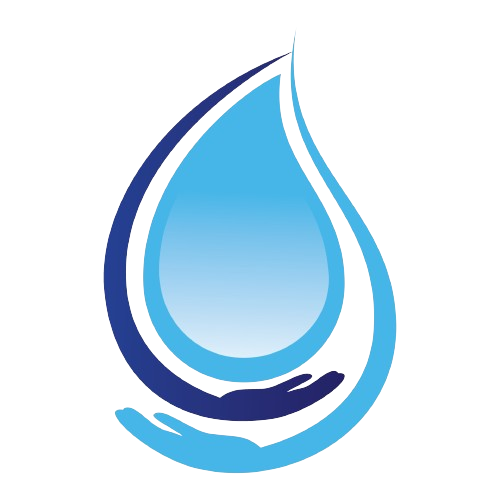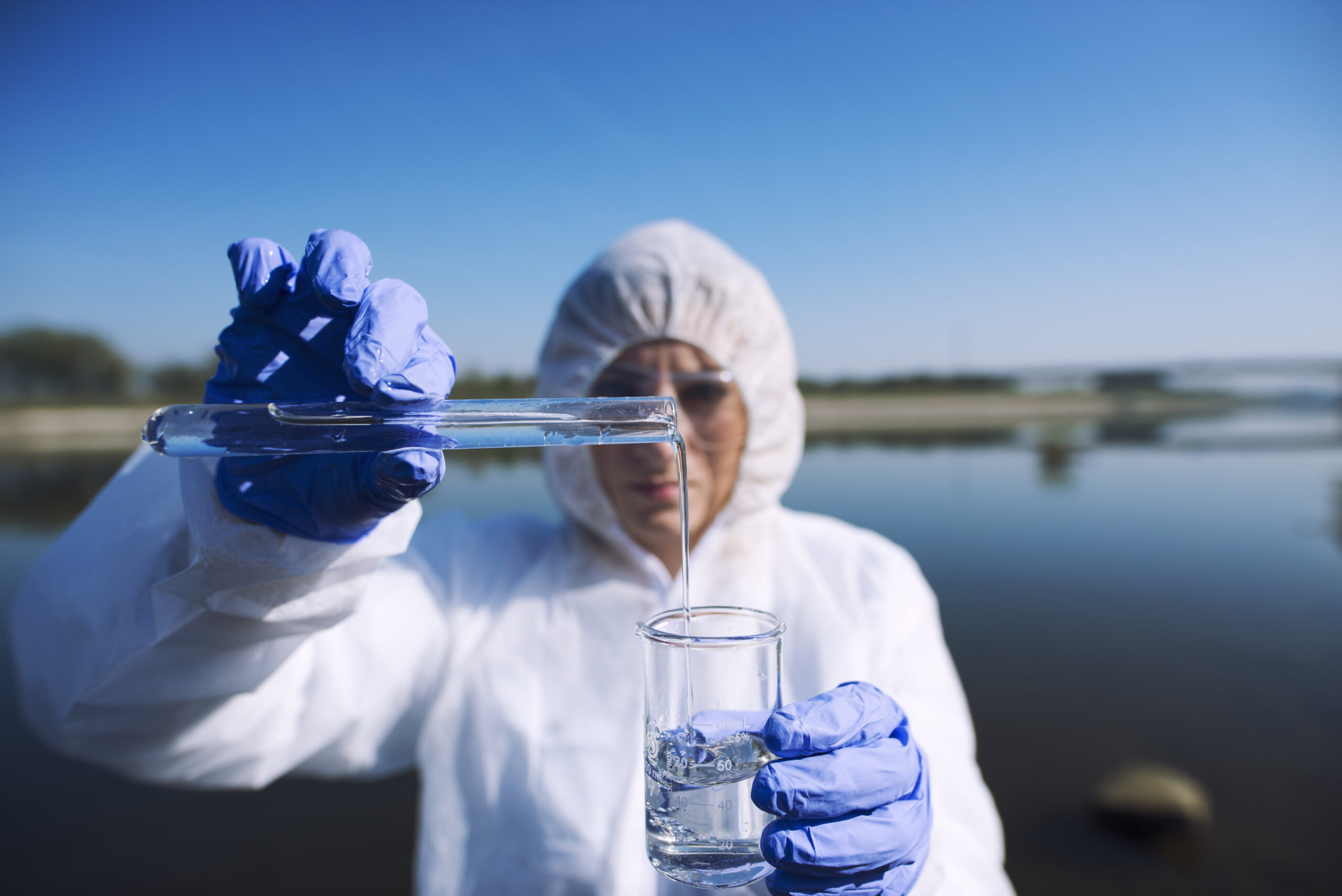Water management has never been as critical as it is today, between an increasingly sustainable, resource-oriented world. The question of water shortage has gained a worldwide point of focus, and monitoring the usage of water with the help of advanced technology becomes one of the most effective ways to reduce excessive wastage and better plan its consumption. From smart meters to AI-driven analytics, water technology is changing the way individuals, businesses, and municipalities in charge of this resource manage it.
Smart Water Meters
One of the most widely adopted technologies for monitoring water usage is the smart water meter. Unlike traditional water measurements, which require manual reading and offer very little consumption data, smart meters are used for real-time monitoring, giving in-depth information on water use. These are devices that have been fitted with continuous-flow-measuring sensors transmitting data through digital platforms to users.
Smart water meters make it easier for monitoring water consumption patterns from homes, businesses, and utilities. The meters can establish leaks and unusual spikes through detailed reporting and alerts. Such meters ensure that users take informed decisions towards conserving water. For instance, if a home shows an unusual spike in its usage, they will instantly know the problem behind it, whether it is caused by a running toilet or some leaky faucet, and end it.
Automated Meter Reading Systems
Automated Meter Reading systems are another innovation in technology for monitoring water use. AMR systems are written on wireless communication and offer the ability to collect data and water consumption from the meters and to a central database, all without the touch of a human hand. This technology proves to be rather beneficial for utilities and municipalities. It would eliminate the laborious task of physically reading meter readings and also provide them with updated, error-free data.
The system can be linked with billing software so that the billing procedure for a customer’s use of water is automatically completed with the exact amount registered at the AMR. In this regard, the utilities are better prepared to pinpoint the problems of water theft, illegal connections, and leakages from the water distribution network. Water management using AMR is proactively monitored to reduce wastage, hence minimizing overall pressure on water resources.and community engagement.
Advanced Leak Detection Technologies
Leak detection is the most critical part of monitoring water usage, especially in areas with old infrastructure. Advanced leak detection technologies depend on sensors, acoustic devices, and analytics of data to monitor and identify the actual place of any leak on a water supply system. This technology can detect indoor and outdoor leaks of any size that might otherwise go unnoticed before extensive damage occurs.
For instance, systems of detection, in the case of leakage, are based on acoustic waves that help in the detection of anomalies in the flow of water throughout the pipe system. The system alerts the water utility or property owner to take prompt measures in repairing a leak, thus saving waste and avoiding damage costs to water infrastructure.
Internet Of Things And Smart Water Management
Accordingly, IoT has been changing the horizon of water management by enabling the integration of numerous devices and systems into real-time monitoring and control. The IoT-based solutions in water management use connected sensors and plugged devices to monitor water usage across the sectors, including the residential, commercial, and agricultural subsectors.
IoT sensors therein will apply in water meters and irrigation systems and even in plumbing fixtures to collect information on matters like water flow, pressure, and temperature. This information is then sent to a central platform, whereby trend spotting, anomaly detection, and water use optimization can be done. For instance, in agriculture, IoT sensors could be tracking soil moisture levels and weather conditions to give a signal to a farmer to adjust irrigation schedules accordingly to save water and increase crop yield.
Water Usage Analytics Platforms
AI and machine learning-driven analytics platforms are playing more and more significant a role in water usage monitoring. Such actionable platforms yield insights into consumption patterns by making meaningful analysis out of the large volumes of data that the smart meters, IoT sensors, and other monitoring devices generate.
AI-driven analytics can uncover uneconomical uses of water, predict the future demand, and provide strategies for conservation. For instance, in the case of a commercial building equipped with AI-based water management, it can take into account the past data of usage for best utilization during peak hours or even recognize certain patterns which insinuate a possibility of a leak. Advanced analytics empower businesses and utilities to realize insights from data and act with certainty to secure water efficiencies while minimizing operational costs.
Mobile Device Water Monitoring Apps
Mobile applications assist in delivering demand response communication to customers concerning their real-time use of water. The apps aid consumers to monitor, manage, and notify both excessive use and water leakages.
Thousands of water-monitoring apps are available that help in tracking consumption, providing bill estimates, and also notifying users of any unusual consumption. Some apps can even help suggest ways of water-saving by examining consumption profiles of users. By making data about water consumption accessible and comprehensible to each person, mobile applications empower any user with possible ways to control their water consumption and act proactively towards sustainability.
Cloud-Based Water Management Solutions
Cloud water management solutions have been gaining traction mainly because they afford intervention points in the most scalable, flexible, and cost-effective ways of monitoring water usage. They can also store, analyze data which is coming from various sources like smart meters, IoT sensors, and manual input. Cloud-based systems can further avail data collected about water consumption to users from any location, thereby allowing remote monitoring and management.
This is especially effective for big corporations, the various water supplies and distribution methods of which require constant tracking. Integration is possible between cloud-based platforms and other management systems like energy and waste, thus presenting the view of resource consumption in totality. This centralization enhances efficiency, reduces operational costs, and is fundamentally in support of sustainable water practices.
Today, water technology—from smart meters and IoT devices to advanced leak detection systems and leading cloud-based platforms—transforms practices surrounding the monitoring and management of water use. These technologies deliver real-time data, provide actionable insights, and offer innovative solutions for water wastage reduction and consumption optimization through sustainable use of the basic resource.

